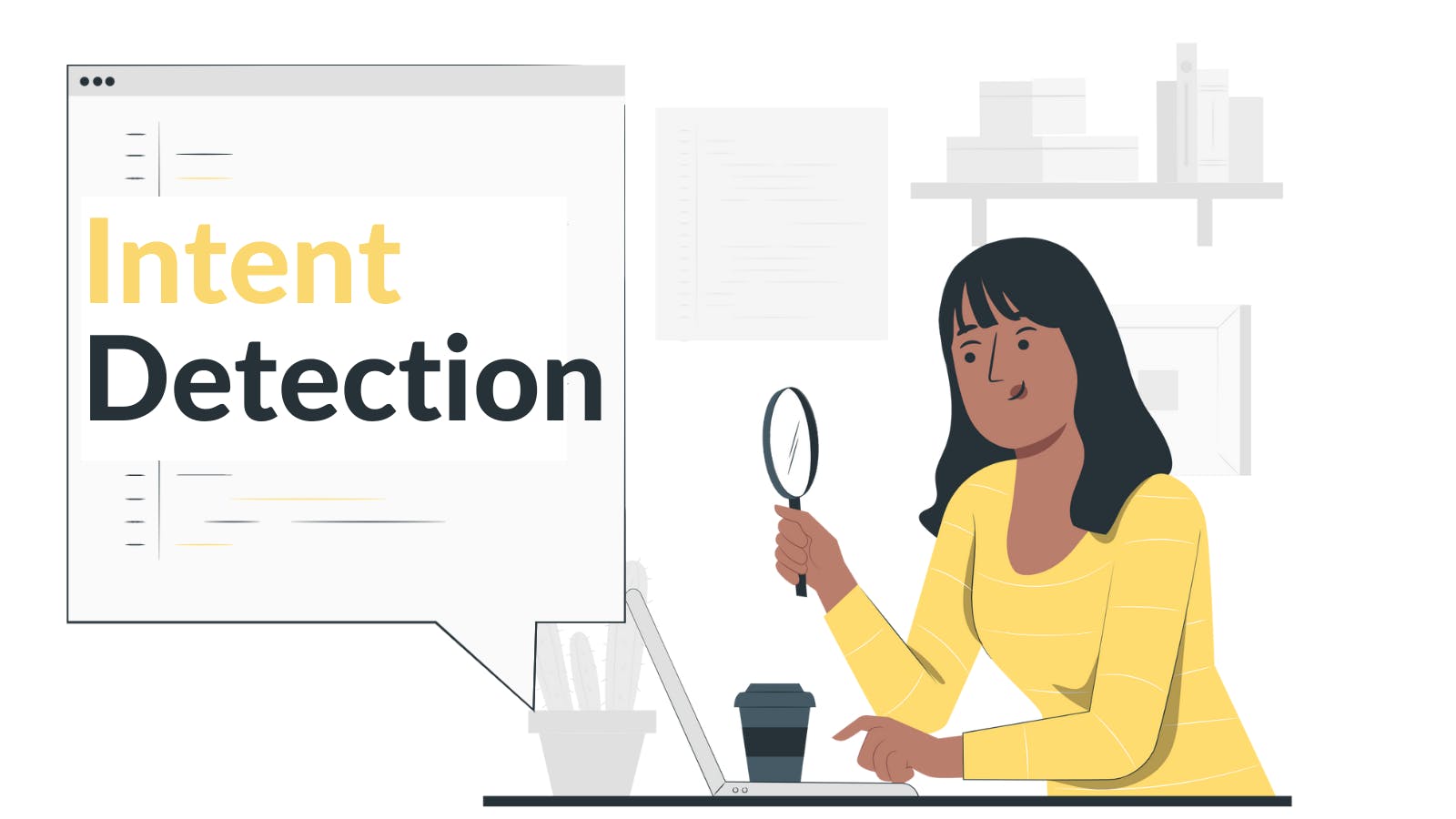Intent Detection

Every client engagement has a goal, aim, or intention. To improve client retention, loyalty, and satisfaction, you should respond immediately when they wish to make a purchase, seek more information, or unsubscribe.
Machine learning and natural language processing are used in intent classification to automatically link words or sentences with specific intent. A machine learning model, for example, can learn that words like buying or acquire are frequently related to the intent to purchase. The automatic categorization of text data based on client goals is known as intent classification.
In essence, an intent classifier analyses texts automatically and categorize them into intents such as news feedback promotion query spam. This is useful for deciphering the motivations behind consumer inquiries, automating processes, and gaining valuable information. Intent classification enables firms to be more customer-centric, particularly in areas like customer service and sales. Intent categorization may be a valuable technique for everything from responding to leads faster to dealing with massive volumes of inquiries and providing individualized service.
Benefits of intent detection
When you get customer interactions, you can use intent classifiers to identify potential consumers who exhibit buy intent and contact them right away.
Machines work quicker than humans and do not fatigue, so even as workloads increase, they will never miss a possible sale.
You could quickly develop reports based on real data if clear intents were automatically discovered in your sales and marketing activities.
The faster teams can recognize and respond to buy intents, the higher their odds of closing a deal.
Criteria consistency ensures that all client intents are examined under the same conditions, using the same protocols, methods, techniques, and so on.
Tools to Use for Intent Detection
1. BytesView BytesView’s cutting-edge intent detection and classification techniques can help you analyze and classify based on the intent expressed in the text by the user. Detect the intentions of current and prospective customers and plan the future course of action accordingly.
2. Talkwalker This tool is best used in conjunction with your social media channels because it can tell you exactly how people perceive your company’s social media accounts. Another excellent tool for intent analysis is Talkwalker. It claims to have the best text analysis technology available, allowing it to distinguish sarcasm and other ambiguous forms of negative mentions.
3. Clarabridge Clarabridge is a multifaceted platform that includes customer experience management. Text analysis is a component of this solution. The text analysis in the tool is extremely detailed, taking into account parsing, framework, industry, and source.
3. Monkeylearn MonkeyLearn is a text analysis program known for its adaptability. Simply create tags and then manually highlight different parts of the text to show which content belongs to which tag. Over time, the software learns on its own and can process multiple files at the same time It contains a collection of pre-trained models for tasks such as sentiment analysis, keyword extraction, intent detection, and much more
4. Brandwatch Brandwatch is also one of my go-to analytics tools. It analyses brand sentiment, displays trends, and includes a cool feature called “image insights.” In the same way that topics can be linked with your brand’s name, the feature recognizes images associated with your brand’s logo.
5. Lexalytics Lexalytics is a business intelligence solution that analyses various types of text. Lexalytics works with social media comments, surveys, reviews, and any other type of text document. In addition to sentiment analysis, the tool performs emotion detection, theme extraction, and intention detection, which can help users see the full context. I hope you had a good read
